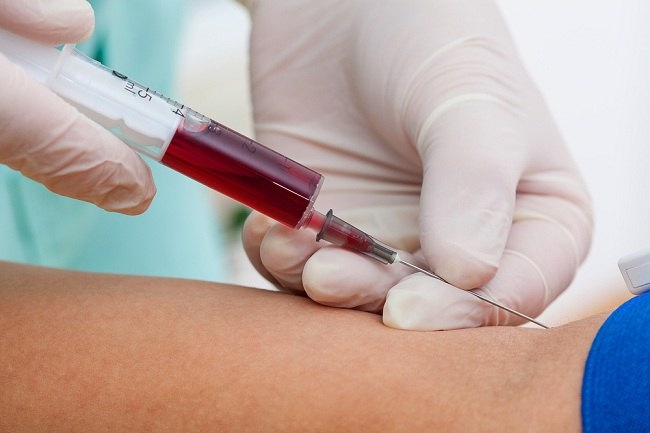LGBT is one of the topics that is often discussed in the community, and it often causes debate. To understand the term LGBT more deeply, see the full explanation in this article.
LGBT is an acronym for the terms Lesbian, Gay, Bisexual, and Transgender. The acronym 'LGB' refers to a specific sexual orientation. Meanwhile, the acronym 'T' refers to the gender identity of an individual.

Understanding the Concepts of Sexual Orientation and Sexual Identity
Before discussing LGBT, it is important that you understand the concepts of sexual orientation and gender identity first, because these are two concepts related to the term LGBT. Here is the explanation:
Sexual orientation
It is a term that refers to the attraction, whether sexual, romantic, and emotional, of a person to another individual of a certain gender. Sexual orientation consists of:
- Heterosexual
- Homosexual
- Bisexual
A person's sexual orientation is not something that can be chosen or changed. Some medical experts and organizations even view sexual orientation as part of a person's nature.
Gender identity
Gender identity is a term used to define a person's gender. Gender identity may or may not be the same as the gender you are born with.
For example, a person defines his gender identity as female because he was born with the female gender. However, a person can also define his gender identity as a woman, even though he is actually defined as a man from birth.
Keep in mind that sexual orientation and gender identity are 2 different concepts. Everyone has their own sexual orientation and gender identity, but a person's gender does not determine their sexual orientation.
For example, a transgender person may label himself as heterosexual, homosexual, bisexual, or not at all.
Get to know the term LGBT
After knowing the concepts of sexual orientation and gender identity, then we can discuss the term LGBT in more depth. The following is an explanation of the term LGBT:
1. Lesbian
Lesbian is a sexual orientation that refers to a woman's sexual, emotional, or romantic attraction to another woman. In addition, the term lesbian is now also used to describe a trans woman's attraction to women or other trans women.
2. Gay
Gay is a term that describes a person's sexual, romantic, or emotional attraction to another person of the same gender. For example, a man is attracted to another man, or a woman is attracted to another woman.
However, the term gay is more often used to describe a man's attraction to other men. In addition, the term gay is also used to:
- Transmen who are only attracted to men
- Transwomen who are only attracted to women
Previously, this sexual orientation was referred to as homosexual. However, today the term homosexual is considered an outdated and offensive term. Therefore, the term gay is now more widely used than homosexual.
3. Bisexual
Bisexual or often abbreviated as 'bi' is a sexual orientation that describes an individual's sexual, romantic, or emotional attraction to 2 or more genders. For example, a man may be attracted to both women and men.
However, the attraction possessed by a bisexual is not always the same. For example, there are bisexuals who tend to be more attracted to women but also have an attraction to men and vice versa.
4. Transgender
Transgender or often abbreviated as 'trans' is a term used to describe individuals whose gender identity or expression (masculine and feminine) is different from their gender at birth (male and female), for example:
- Transwoman, i.e. women who are designated as male at birth
- Transmen, i.e. men who are designated as women at birth
Within the term transgender there is also a term transsexual. Transsexual is the term used for transgender people who have made physical changes with hormone therapy or surgery, or have had identity changes, such as a change in name or gender.
LGBT and Mental Health
Initially, LGBT was categorized as a mental disorder. However, in 1975, the American Psychological Association stated that a person's sexual orientation, such as lesbian, gay, and bisexual, is not a mental disorder.
The World Health Organization (WHO) also plans to remove transgender from the category of mental disorders. Transgender will then be classified under the term gender mismatch.
These decisions were made because psychologists did not find any relationship between sexual orientation and identity and a person's mental health condition.
Instead, a person's sexual orientation and identity are considered normal aspects of human sexuality. Therefore, it can be concluded that LGBT is not a mental disorder.
However, you can of course have your own opinion or views on LGBT. However, it is better for us not to underestimate or discriminate against LGBT people.
The reason is, research shows that LGBT people are more at risk of suffering from various mental disorders, such as anxiety disorders, depression, drug abuse, and even attempted suicide, due to discrimination they receive from society.
If you experience problems regarding your identity or sexual orientation, do not hesitate to consult a psychologist or psychiatrist.









